This painting by Fleury Chenu, master of the winter landscape, perfectly illustrates his nickname "the painter of snow." The scene depicts a snow-covered countryside, dominated by a silent and melancholic atmosphere. On the right, a modest cabin emits a thin trail of smoke, a sign of life in this world frozen by the cold. Two small figures, probably walkers or villagers, cautiously make their way near a partially frozen river, enhancing the sense of isolation.
Chenu excels at capturing atmospheric effects: the palette is dominated by muted whites, grays, and browns, creating a subtle harmony and a diffuse, almost twilight-like light. The composition, simple yet effective, highlights the vastness of the landscape and the harshness of winter, while also evoking the nostalgia and poetry of rural life. This painting reflects Chenu’s sensitive view of nature, shaped by his childhood spent in the harsh winters of Briançon.
Augustin Pierre Bienvenu Chenu, known as Fleury Chenu, was born in Briançon. His family moved to Lyon in 1846, where he entered the École des Beaux-Arts de Lyon. There, he received drawing and painting lessons from Professor Louis Guy, as well as from Michel-Philibert Genod and Claude Bonnefond.
He gained national recognition at the 1867 Paris Exhibition, where his paintings Le Cours des Chartreux à Lyon and Le Fiacre jaune attracted considerable public interest. He was awarded a medal in 1868. Two of his works were acquired by a minister and exhibited at the Musée du Luxembourg (Le Billet de logement and Les Trainards).
Augustin Chenu is primarily known for his nature-centered paintings, particularly his famous "snow effects"—variations of countryside scenes, wild paths, and snowy forests—which earned him the nickname "painter of snow." The glossy texture characteristic of his work, which he used for a long time, had been introduced to the Lyon school by Grobon, who claimed to have received a secret technique from the Dutch tradition.
His works are preserved in several national museums, including the Musée d'Orsay and the Musée des Beaux-Arts de Reims.







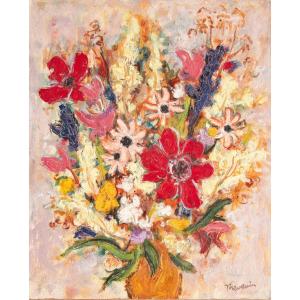



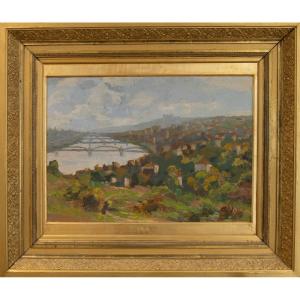

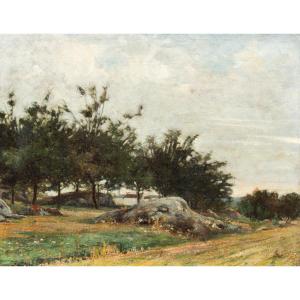






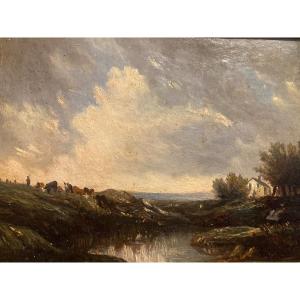



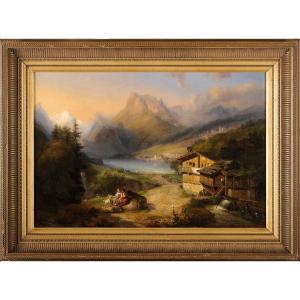



 Le Magazine de PROANTIC
Le Magazine de PROANTIC TRÉSORS Magazine
TRÉSORS Magazine Rivista Artiquariato
Rivista Artiquariato